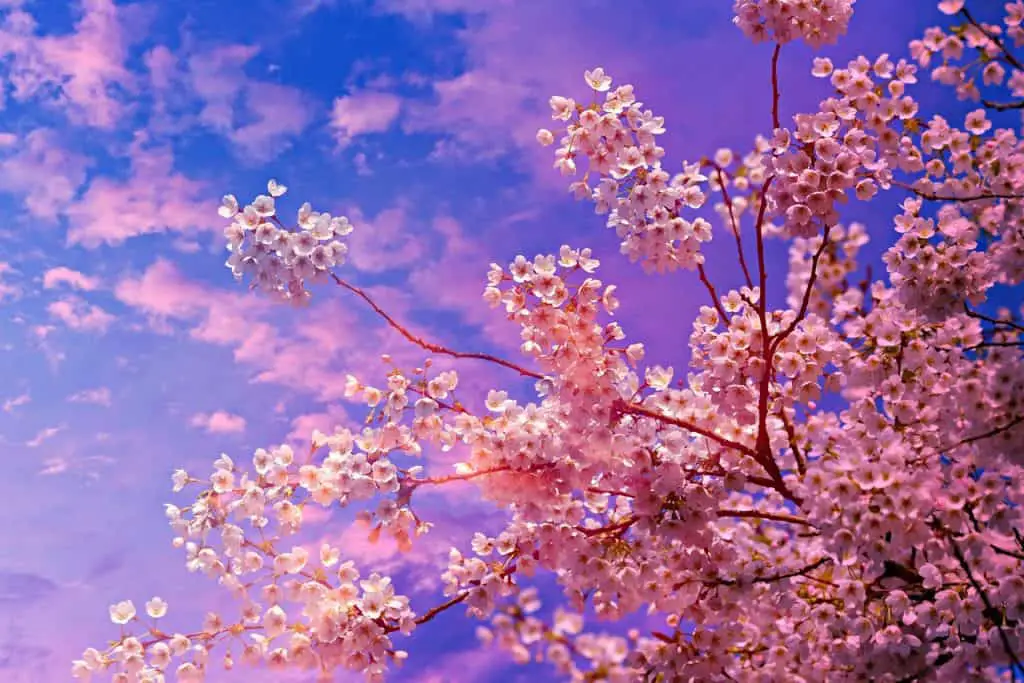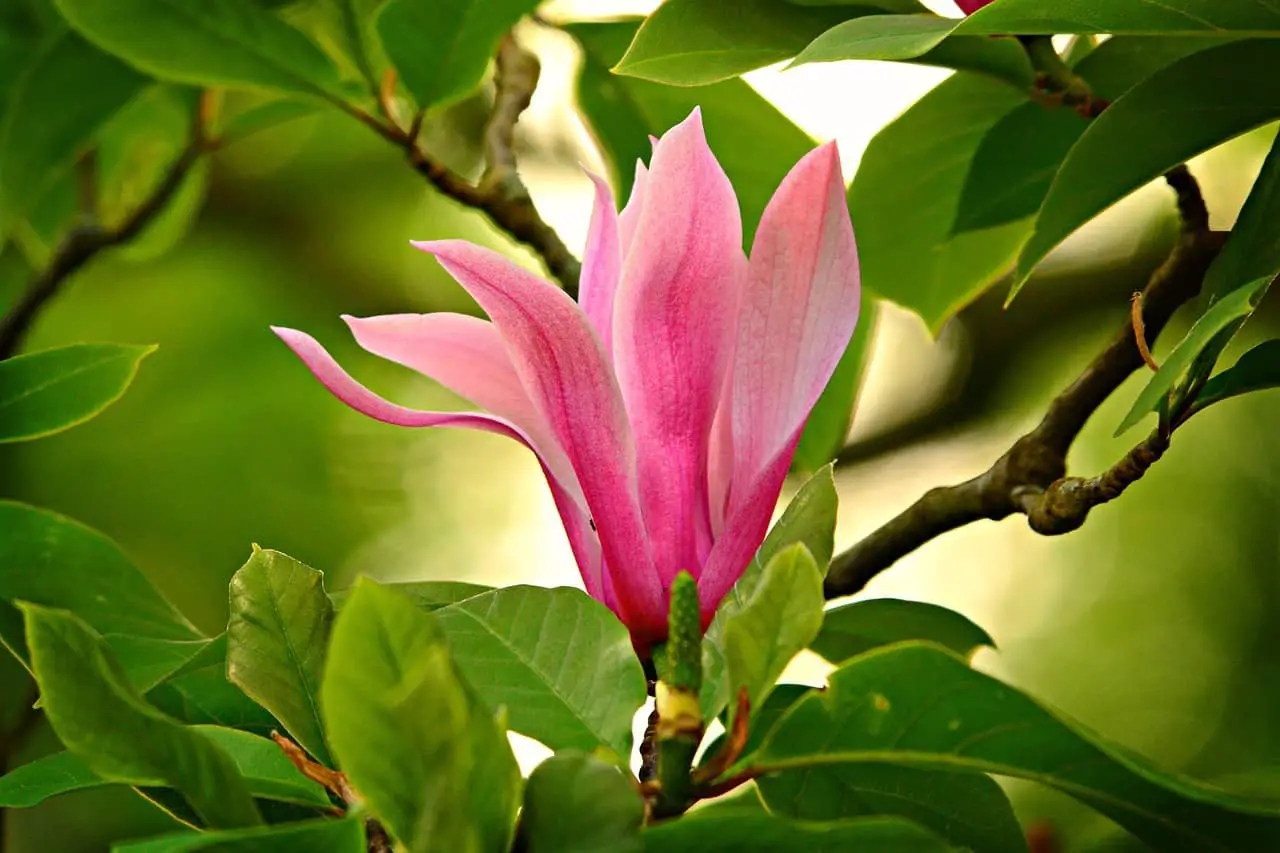On cannabis seed packets, you may frequently come across the phrase “flowering time.” For example, “Flowering Time: 8 weeks” might appear.
Table of Contents
What does that signify? What exactly are 8 weeks in duration?
Is it talking about how long the cannabis plants will take to grow until they’re ready for the flowering phase? Or is it referring to how long the marijuana plants spend in the flowering phase?
Let’s go over it in greater depth below, but for now, this is a brief response to the issue.
What is actually meant by flowering time?
The time it takes for your plants to flower is known as the flowering period. It begins when you change your lights to a 12/12 schedule and ends when your buds are ripe for harvesting.
However, some breeders start counting flowering time from the point when flowers first appear, which might be deceptive. In this scenario, the true flowering duration (as defined by most breeders) would be 2-3 weeks longer.
The flowering time for cannabis plants is usually 7-9 weeks, however, Sativa strains might take up to 10 weeks.
What You Need To Know About Cannabis Flowering Time
Let’s take a more in-depth look at the flowering time for cannabis plants, which may help you better understand this critical phase in their life cycle.
When does marijuana flowering time begin?
The majority of people start recording flower development time when you shift your light from 18 hours a day (or 24 hours, or anything else unusual) to 12 hours a day. However, you can’t just make the switch whenever you feel like it. You won’t get any useful flowers if you switch the lighting schedule before your plants are ready.
If you’re growing from clones, you may start the flowering stage at any point after roots have developed. If you’re using seedlings, give them 2-3 weeks to grow. Ideally, plants should remain in a vegetative state for at least 60 days.
A rough guideline is to wait until the plants have reached roughly half of their planned final height before putting them into flower. This is because they will grow rapidly in the early part of the bloom stage, resulting in a doubling in size.
The Various Stages of Cannabis Flowering
For most types of marijuana, the bloom period lasts around 7 to 9 weeks. We’ll look at each week one by one so you know what to anticipate. If your strain takes longer, the phases are the same, but certain things that usually happen in week 5 will take place in a later week instead.

First week
The first week is one of rapid development, and the early portion of blooming, known as the “stretch phase,” is sometimes used as a synonym for it. During the first few weeks, some plants may nearly double in height. Plants also create a lot more leaves in this period.
With so many new consumers, there’s bound to be an increase in demand for nutrients. During the first week, you should continue to use growth boosters (rather than solely the bloom solution), but perhaps up the amount a bit.
It’s also a good idea to utilize techniques like low-stress training on your plants. This term refers to bending stems downward and away from the plant’s core, in an attempt to promote growth outward rather than up. This leads to a smaller canopy that is more level and uniform, allowing for larger buds and greater yields.
Second week
Week 2 is when two big adjustments occur. The first is fertilizer for plants. This is when you start to increase the number of flowering nutrients during flowering time. Begin with half the quantity advised by the manufacturer. Increase as needed.
The second distinction is that your plants will now manifest their genders, allowing you to determine whether or not you have a male or female plant.
The central bud of the bloom is surrounded by white fibers, which are initially light but turn into grey or black hairs as the plant matures.
If your plant produces no of these hairs but instead has pollen sacs, it is a male. Now is the time to get rid of any males in the garden. They won’t grow any buds since they’ll pollinate the females, resulting in seeds throughout buds.
Third week
By week 3, the fast development should have stopped. Your plants will be around 50% larger than they were when you initially altered the lights to a 12-hour schedule.
At the same time, your marijuana plants should be producing buds at the spots where the wispy white hairs are. As a result, you must now focus on giving your plants exactly what they need (i.e., a blooming solution).
Don’t overfeed your plants, though. The first indication that you’re giving your plants too much food is leaf discoloration at the tip. If you detect this, reduce the solution by half.
Fourth week
By the fourth week of flowering time, development is likely to have stopped completely. The plant’s growth. The buds should be developing in greater size than ever before!
Increased production of trichomes, in addition to a larger size, should result in white hairs sticking out of the buds. They begin to smell as well because of increased trichome development.
Fifth week
The fifth week of the flowering time is very important. The buds are flourishing at an accelerated rate, as evidenced by the fact that more and more people want to consume them. Buds that were already there get bigger, while new buds develop as well. The distinctive cannabis fragrance becomes extremely strong at this time; therefore, you’ll need a decent charcoal filter to mask this scent unless you’re growing openly.
By week 5, some of the white pistil hairs may have darkened. Some of the trichomes may become hazy as well.
If you remember the section about harvesting, you’ll know that this indicates they’ve gone past the stage where you might begin harvesting them but shouldn’t yet if you want optimal THC content.
The last weeks
This is a very important stage of the flowering time. When your plants’ hairs become dark and the trichomes are milky, they’ve entered the harvest period. This might happen in the 5th week, but it is more likely to occur in the 6th or 7th.
Wait until 50 to 75% of the hairs have turned a golden brown color or have developed a lot of trichomes before harvesting.
Flushing is yet another approach you might want to utilize in the final weeks of bloom. This is a method that many people praise, while others despise (as you may see from some of the comments posted on numerous articles on this site).
Flushing implies removing all nutrients and providing the plants only neutral (pH-balanced) water. This is said to eliminate any minerals from the soil, resulting in better-tasting buds that burn more smoothly and have no harsh chemical aftertaste.

